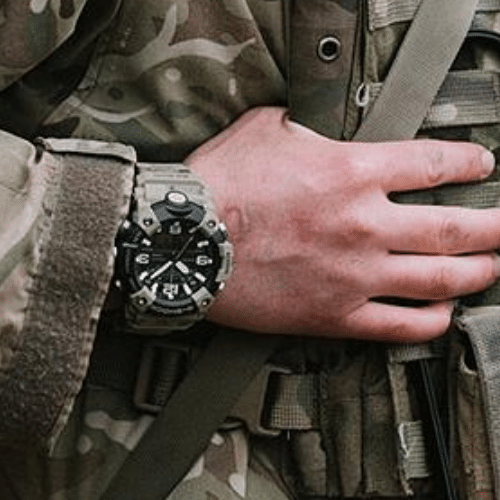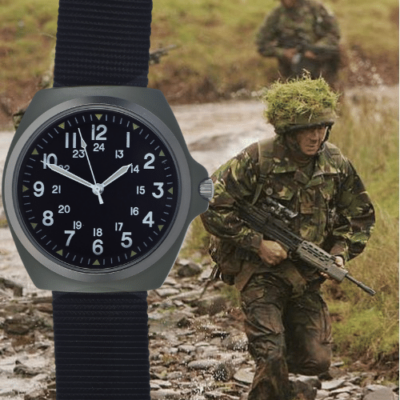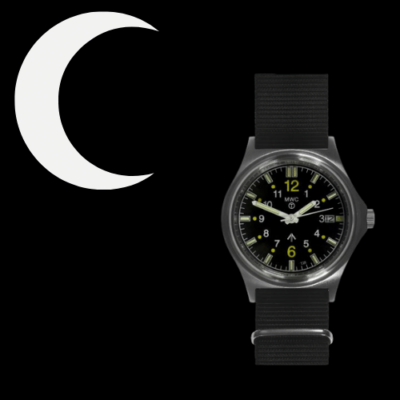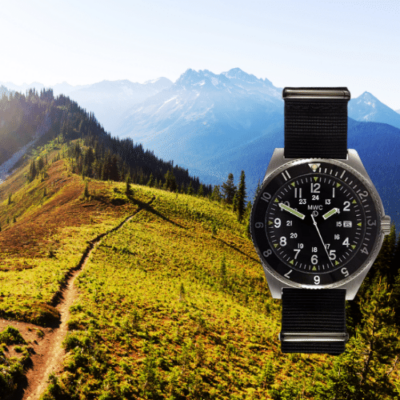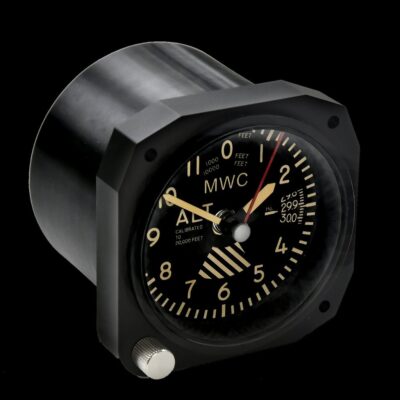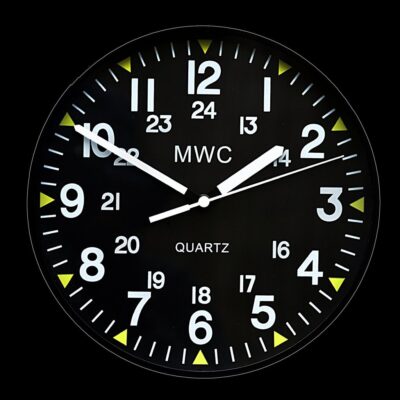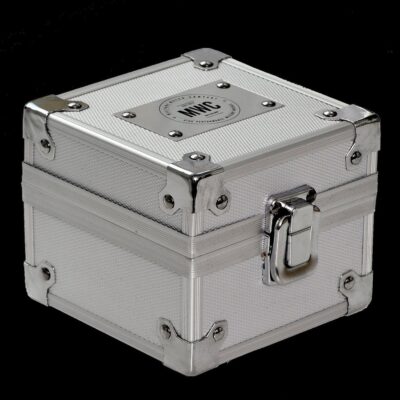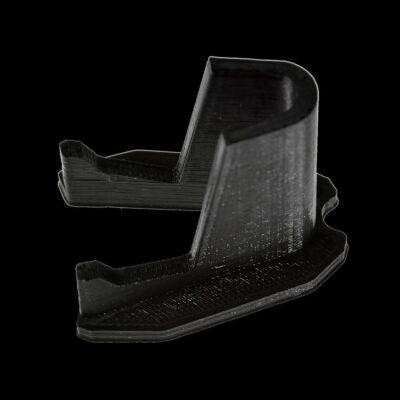News
F-35s Over Saudi Arabia: Pentagon Approval Marks Turning Point in Stealth Fighter Export Policy
The U.S. Department of Defence has approved the sale of up to 48 F-35A fifth generation fighters to Saudi Arabia, following months of high level discussions within the Pentagon, which has left the decision with the White House reviving whether to offer the fighters to the Gulf state. The decision was taken ahead of a visit to the United States by Crown Prince Mohammed bin Salman, who during previous visits to the country was assessed by analysts to have faced significant pressure to increase defence procurements from the United States. The sale will require further approvals at the Cabinet level, a sign-off from President Donald Trump, and notification of Congress, before proceeding. If procured, the fighters are expected to replace the Royal Saudi Air Force’s fleet of ageing Tornado attack jets, and eventually possibly its small Eurofighter fleet.
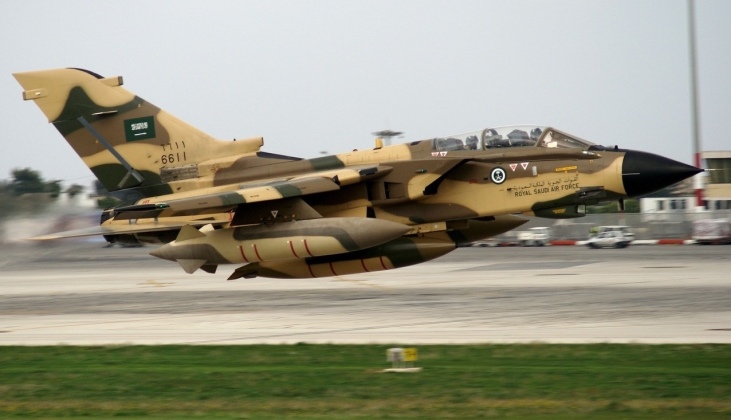
The F-35 has previously only been marketed to NATO allies and a small number of non-NATO developed economies such as South Korea and Switzerland, with a sale to Saudi Arabia potentially marking a turning point in the program after which it is offered to a wider range of clients. Unconfirmed reports indicate that the Trump administration has been positively inclined towards approving sales to Morocco and the United Arab Emirates, with a policy shift potentially allowing for further sales to potential clients such as Indonesia and Thailand. The loosening of restrictions on F-35 exports may be influenced by both the unfavourable trends currently affecting the U.S. economy, which would make tens of billions of dollars of additional export orders a highly welcome development. The expected fielding of F-47 sixth generation fighters by the mid-2030s is also likely to make baseline variants of the fifth generation F-35 appear less technologically sensitive.
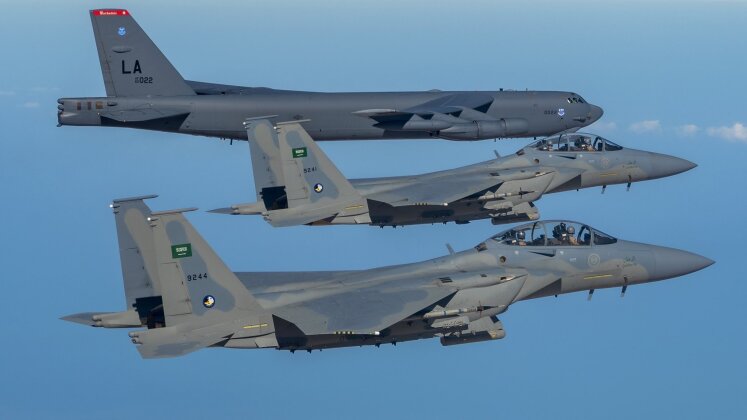
Saudi Arabia has long been provided access to the United States’ most advanced military aircraft, having been one of just three countries to purchase the top U.S. Air Force fighter the F-15s during the Cold War alongside Japan and Israel, before being the first in the world to acquire a heavily modernised ‘4+ generation’ variant of the aircraft, the F-15SA, in the 2010s. The supply of F-35s could ensure that the country does not place orders for the rival Chinese J-35 fifth generation fighter, which has a significantly superior flight performance, longer range, and larger sensor suite while being less costly to procure. President Trump previously highlighted that offering advanced armaments to Gulf states was critical to prevent China or Russia from making inroads into these key markets.
Although Riyadh was in the early 2020s seen to increasingly be balancing its geopolitical position between the Western Bloc and China, the success of the United States and its strategic partners in toppling the Syrian government in December 2024 was considered a turning point in the regional balance of power that has left Western dominance effectively unchallenged. This may be a factor in the decision to favour the F-35 over Chinese alternatives. The loosening of export restrictions could have particularly detrimental impacts on European fighter programs, which have been able to achieve sales exclusively in countries which, for political reasons, have not been allowed to purchase the more sensitive F-35. It may also derail ongoing efforts by Boeing to market additional F-15s to the Royal Saudi Air Force.

